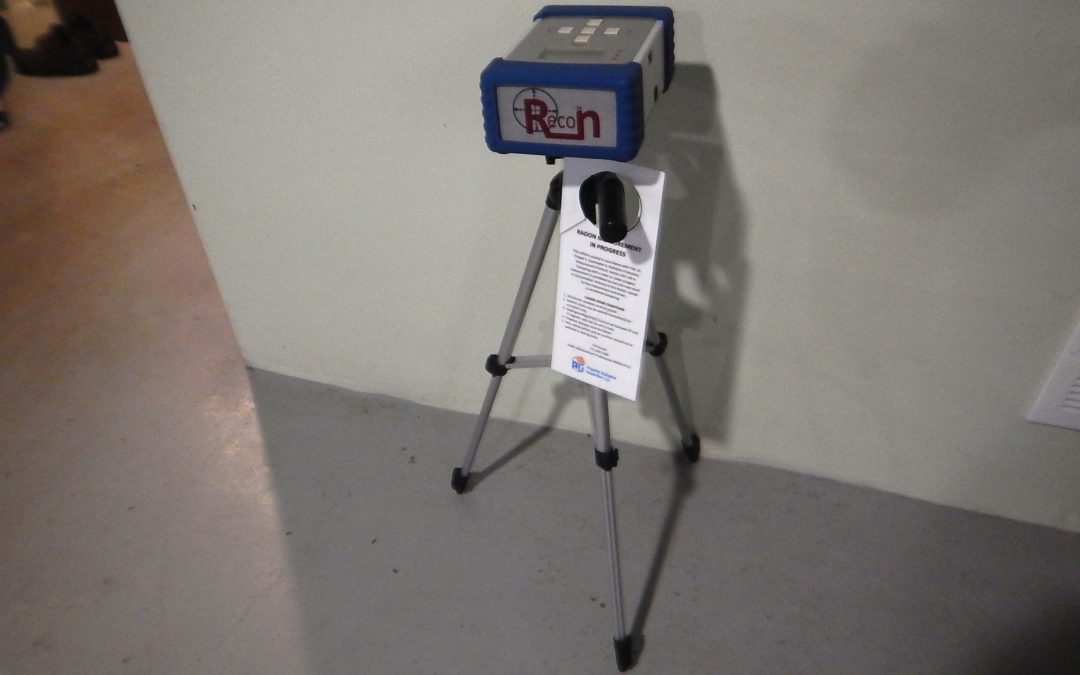The protocol for radon testing in Illinois calls for Closed Home Conditions for 12 hours prior and for the duration of the 48 hour test. This includes all windows in the home be closed, any fireplace dampers be closed, exterior doors be open only for momentary entry and exit (60 seconds or less). Heating or cooling systems should be operational, with the thermostat set to 67-77 degrees and the fan set to AUTO and not ON continuously. These are intended to help the test be as accurate as possible and fair to all parties. These conditions mostly come into play when the test result is very close to 4.0, either just under or just over. If the result is really high or low, then it doesn’t matter as much if protocols were not followed exactly. The point of radon testing is to inform the decision to mitigate.
Radon testing equipment for professionals is available in two varieties, passive and active. Passive devices such as Rad Elec’s E-PERMs do not need to be plugged in to a power source, which allows for more flexibility for placement. However, these devices cannot be set for a delayed start or a scheduled stop. Active devices such as Continuous Radon Monitors (CRMs) provide hourly data and much more information if tampering occurs. They can be set to start the test 12 hours later, to establish Closed Home Conditions prior to the start of the test. Some older devices require a power cord. This limits placement options in the home and the cord can be a trip hazard.
I try to make the placement of the test device as convenient as possible for the seller, while still following the protocols as required by the state. Requirements include setting the test device one foot away from an outside wall, five feet away from a furnace or fireplace, out of direct sunlight and not near a supply register for heating and cooling. I’m mindful of children and pets in the home that might knock the device over. Good places to set the device are on a shelf, or next to an inside wall that isn’t a hallway or next to a post in the basement.

